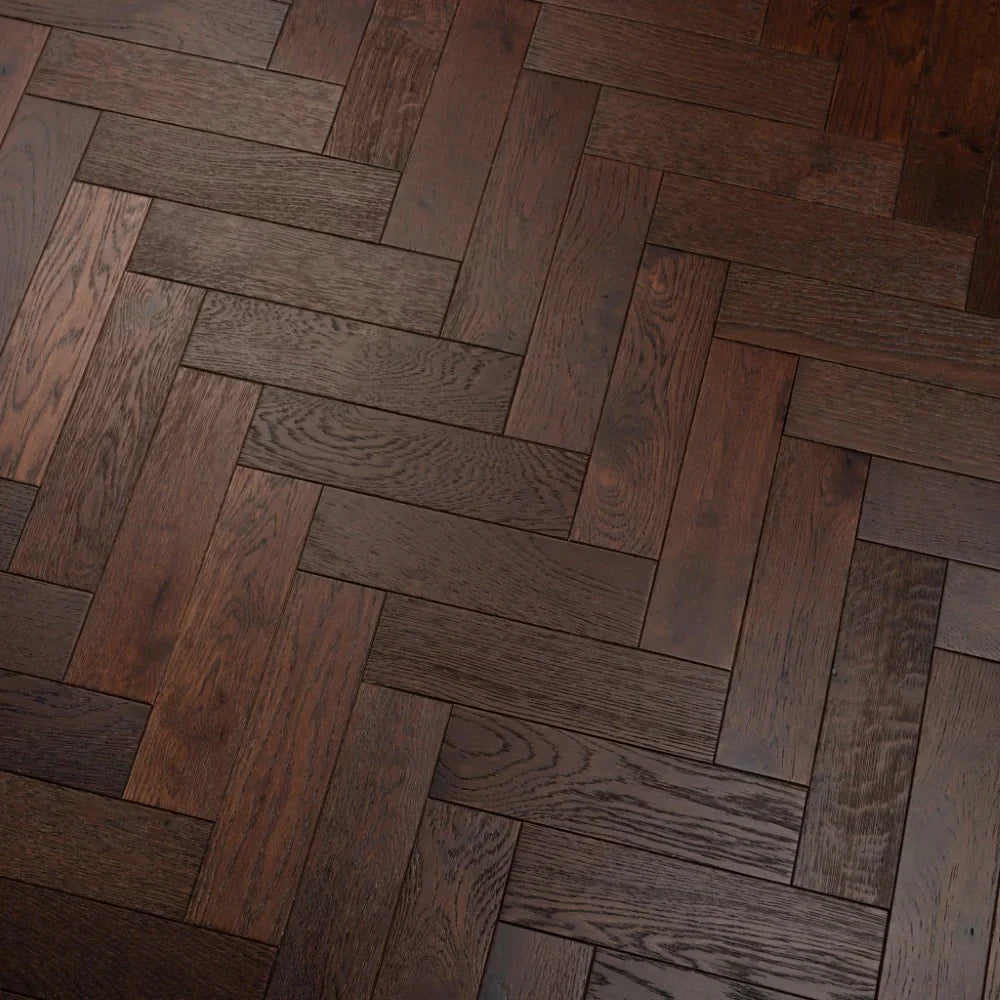
Author, Written by: P. Hirani (Wood flooring Expert)
When people think about making their homes more energy efficient, they usually focus on insulation, windows, or heating systems. Yet flooring plays a much larger role than most homeowners realize. The right flooring material can help regulate indoor temperatures, reduce reliance on heating and cooling, and even lower energy bills over time. Choosing wisely means you gain both comfort and savings without compromising on style.
Why Flooring Affects Energy Efficiency
Floors cover a vast surface area in every home, making them key contributors to how heat is stored, retained, or lost. Materials with strong thermal properties can absorb warmth from sunlight during the day and release it slowly at night. Similarly, certain surfaces act as natural insulators, keeping rooms warmer in winter and cooler in summer. By selecting energy conscious flooring, you can create a living space that works with the climate rather than against it.
Wood Flooring For Natural Warmth
Hardwood and engineered wood are popular choices not just for their timeless appearance but also for their insulating qualities. Wood has a natural ability to retain heat, making it ideal for homes in colder regions. Pairing wood floors with underlay designed for insulation can enhance their performance. Engineered wood, with its layered structure, provides added stability and works well with modern heating systems such as underfloor heating.
Cork Flooring for Sustainability and Comfort
Cork flooring is one of the best energy efficient options available. Harvested from the bark of cork oak trees, it is renewable and eco friendly. Its cellular structure traps air, acting as a natural insulator. This helps rooms stay warm in winter while maintaining a comfortable coolness in summer. Cork also has a soft feel underfoot, adding to the sense of warmth in any space.
Stone and Tile Flooring with Thermal Mass Benefits
Stone and ceramic tiles have excellent thermal mass, meaning they can absorb heat during the day and slowly release it when temperatures drop. This makes them particularly effective in homes with plenty of natural sunlight or radiant heating systems. While stone and tile may feel cold without heating, pairing them with underfloor heating creates an efficient system that maintains steady comfort levels year round.
Vinyl and Laminate with Modern Insulation
Vinyl and laminate flooring have improved significantly in recent years. Modern versions often come with built in underlays or can be paired with insulating layers that reduce heat loss. They may not have the same natural thermal properties as wood or stone, but their affordability and compatibility with underfloor heating make them energy conscious choices for many households.
Carpet for Cozy Insulation
Carpet remains one of the most effective insulators among flooring types. Its fibers and padding trap air, creating a natural barrier against heat loss. While not ideal for every room, carpet works exceptionally well in bedrooms and living areas where warmth and comfort are priorities. Choosing carpets made from sustainable fibers can also add an eco-friendly touch to their benefits.
Final Word
Flooring decisions should go beyond aesthetics. By selecting materials with energy efficiency in mind, you can enjoy lower energy bills, a more comfortable home, and an eco-friendly lifestyle. Whether you choose the natural insulation of cork, the thermal mass of stone, or the classic warmth of wood, the right flooring makes your home work smarter for you and the environment.
About Author:
Peter H. is a flooring product expert who knows all about different types of flooring materials. He shares his knowledge in blogs to help readers make the best choices for their spaces.
